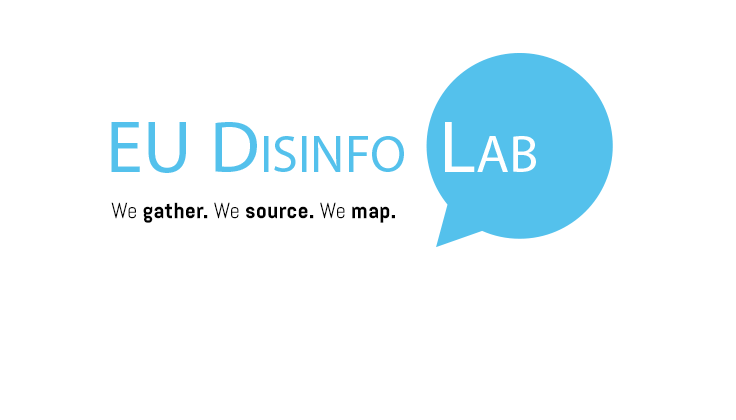Author: Ana Romero-Vicente, EU DisinfoLab
Contributors and reviewers: Jennie King, ISD and Maria Giovanna Sessa, EU DisinfoLab
INTRODUCTION AND KEY FINDINGS
- Climatology experts have warned of the dangers of climate change for decades, and the decisive influence of human activity in global warming. However, coming from different spheres and with the loudspeaker of social media networks, messages that contradict or question the scientific evidence continue to spread. They, overall, seek to sow doubt about the severity of the crisis in order to delay climate action.
- This factsheet delves into platforms’ policies on climate change misinformation, focusing on Facebook, Instagram, TikTok, X/Twitter and YouTube. In recent years, these very large online platforms (VLOPs) have taken varying approaches to climate as a distinct vector of harm across their products and services, and tried to incorporate or strengthen actions in this regard.
- In addition to their content moderation framework, some platforms guide users on how to spot false or misleading content, while also focusing on the need to boost media literacy and engagement programmes to tackle climate misinformation. Most of the platforms claim to have made strong commitments to curb climate change, for example with their own corporate targets on carbon emissions reduction and wider awareness-raising initiatives.
- Platforms today should not limit their activities to assessing and moderating misleading or harmful organic content, but also demonetise and reduce the financial incentive for climate denialism through ad tech services and revenue-sharing schemes, in line with the Digital Services Act.
- Many platforms are taking steps to flag misleading and false content related to climate change, but they often lack comprehensive policies to combat this issue. However, platforms frequently do not disclose enough information about the prevalence of climate misinformation and rarely provide reports on the effectiveness of their own efforts to mitigate it. This lack of transparency makes it challenging for both researchers and the public to fully grasp the extent of the problem. As a result, data regarding the prevalence of climate change dis/ and misinformation and the measures taken to address it is in short supply. X / Twitter stands out as a particularly poor performer in this regard.
- To address this issue, there is a critical need for lawmakers to implement robust regulation, such as the Digital Services Act (DSA), to combat the spread of climate dis/ and misinformation effectively.
- The next pages offer a cheat sheet to navigate how five platforms define and address climate change misinformation, and which actions are currently in place to limit the impact of such content. Moreover, for each category analysed, the common traits across platforms are highlighted.
Listen to this Böll·Europe Podcast episode #10 | Overheated: how climate misinformation goes viral on social media, in which the podcast host Gail Rego talks with Jennie King, Head of Climate Research and Policy at the Institute for Strategic Dialogue (ISD), and Ana Romero-Vicente, Researcher at EU DisinfoLab, to explore the concerning rise of climate change disinformation on prominent social networks.
This research has been supported by the Heinrich-Böll-Stiftung European Union.



